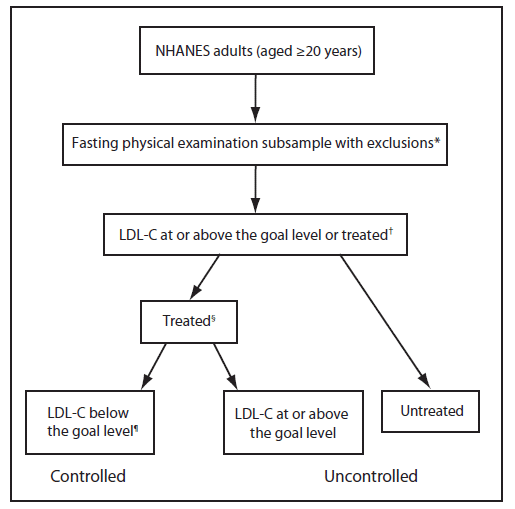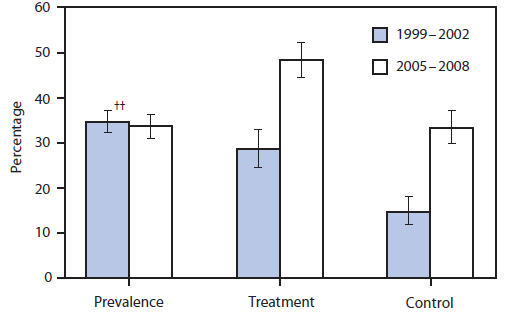* Additional information is available at http://www.nhlbi.nih.gov/guidelines/cholesterol/index.htm.
† Additional information is available at http://www.cdc.gov/nchs/nhanes.htm.
§ Additional information is available at http://www.cdc.gov/nchs/tutorials/nhanes/faqs.htm.
 ShareCompartir
ShareCompartir




